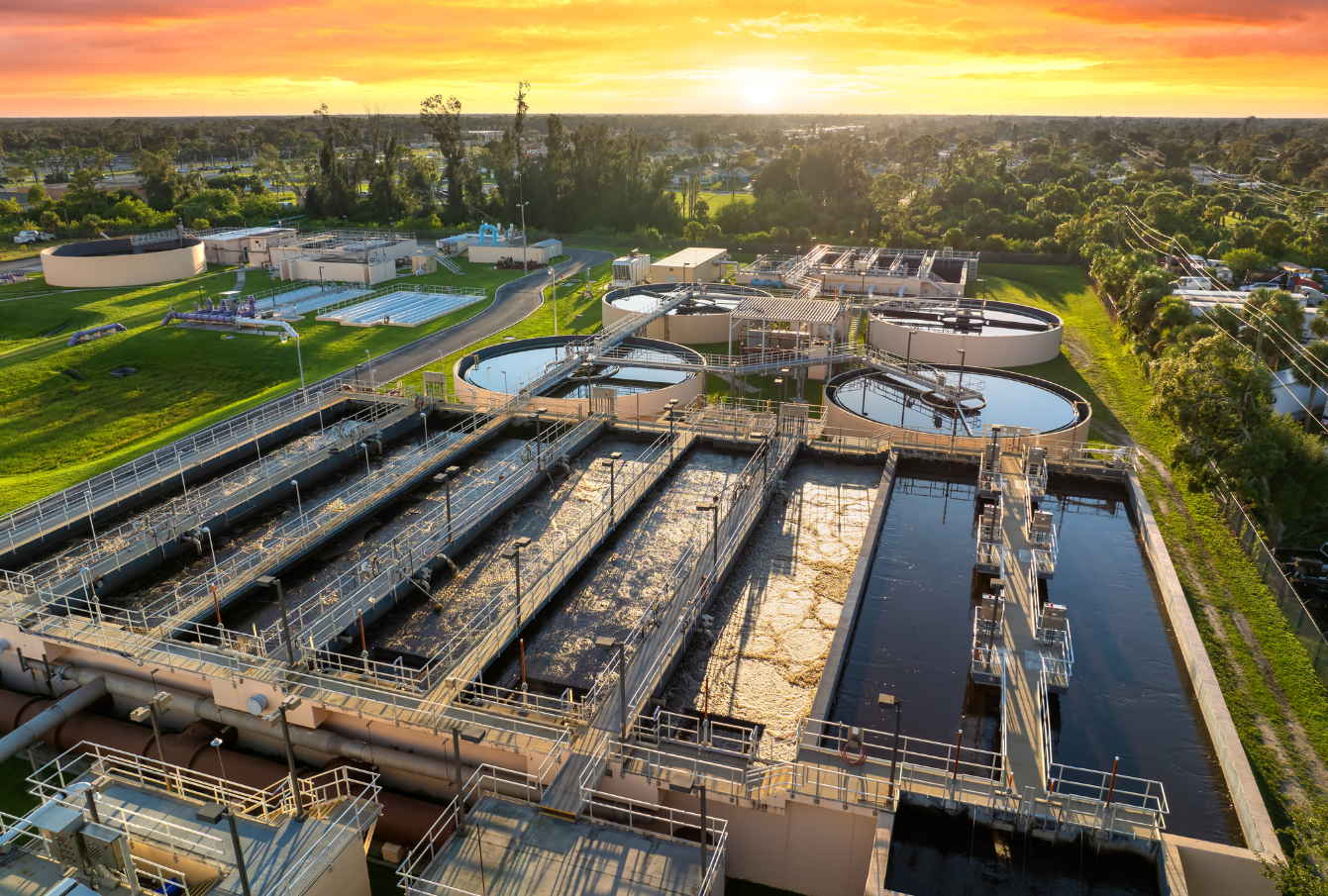 From ecodesign to the right to repair: EU decisions
From ecodesign to the right to repair: EU decisions
The transition to the circular economy is a key element in achieving the goals in the Green Deal. What’s in the European Circular Economy Action Plan adopted by the Commission?
The European Commission has adopted the Circular Economy Action Plan, one of the main building blocks of the European Green Deal, the new European Agenda for Sustainable Growth.
The transition to a circular economy is a key link in achieving the objectives set out in the strategy: achieving climate neutrality, preserving the environment and strengthening Europe’s competitiveness.
But the road ahead is still long for Europe considering that only 12% of raw materials find a second life. Many products stop working too easily, cannot be reused, repaired or recycled.
However, this limit has enormous potential for businesses and citizens. It is estimated that the circular economy can have positive net benefits in terms of GDP growth and job creation: it can increase EU GDP by 0.5% by 2030, creating around 700,000 new jobs.
The new plan focuses on design and production for a circular economy, with the aim of ensuring that the resources used are maintained in the economy for as long as possible.
Ecodesign and sustainability
The aim of the plan is to ensure that sustainable products are the norm in the European Union.
Power to consumers
Consumers should have access to reliable information on issues such as repairability and product durability to help them make environmentally sustainable choices.
Focusing on seven sectors of the economy
The Commission aims to focus on the economic sectors that use the most resources and where the potential for circularity is higher. Here are the actions to take:
- ELECTRONICS AND ICT: launch a “Circular Electronics Initiative” to achieve longer lifespans of products and improve waste collection and treatment.
- BATTERIES AND VEHICLES: establish a new regulatory framework for batteries to improve sustainability and increase the circular potential of batteries.
- PACKAGING: identify new mandatory requirements on what is allowed on the EU market, including the reduction of (over) packaging.
- PLASTICS: indicate new mandatory requirements for recycled content and give special attention to microplastics, biomass and biodegradable plastics.
- TEXTILE: define a new EU strategy to strengthen its competitiveness and innovation while boosting the European reuse market.
- CONSTRUCTION: develop a comprehensive strategy for a sustainably constructed environment that promotes circularity principles for buildings.
- FOOD: develop a new legislative initiative on reuse to replace disposable packaging, crockery and cutlery with reusable products in food services.
Another key point contained in the Action Plan is to reduce waste, a goal to be achieved by avoiding its production and turning it into high-quality secondary resources in a well-functioning secondary raw material market.





